From Prompt to Pattern: Creating Custom Vector Patterns for Fashion and Textiles with AI
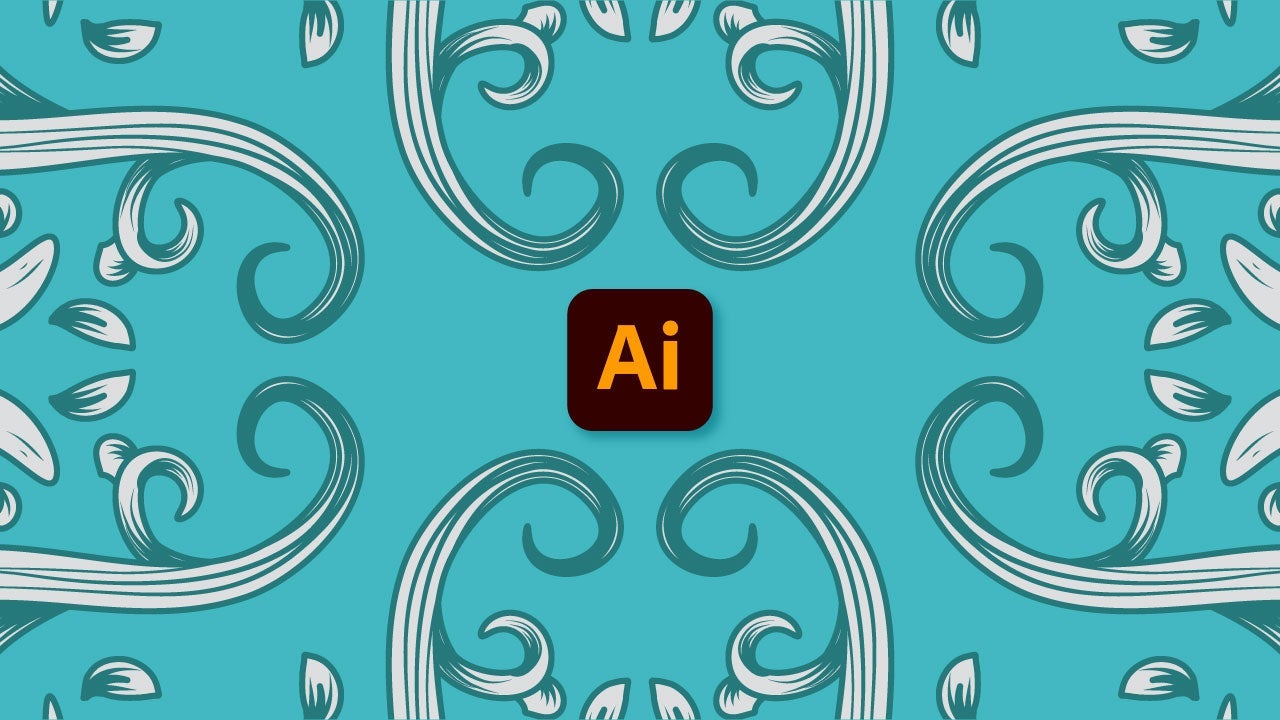
- August 13, 2025
- Updated: August 13, 2025 at 3:31 PM

There is no doubt that Adobe Illustrator is one of the best programs for vector design that you can find today. Among its wide range of tools, there is one that we would like to highlight today: the generation of uniform and customizable patterns through Text to Pattern.
Can you imagine being able to create patterns without spending hours adjusting nodes, cloning shapes, or struggling with symmetry? This innovation opens up a new range of possibilities for professionals focused on textile design, fashion, creative stationery, or even interior decoration. If you want to know how to use Text to Pattern, stay with us for a few more paragraphs.
Text to Pattern: this is how it is used
To begin, we will start by creating a new project within Illustrator. Select the New File option that you will see highlighted in blue. In the New Document panel, set the dimensions you want for your file. Illustrator offers a series of presets already established depending on the purpose of your project: mobile, web, print… in this case, we will choose one for Mobile, like the iPhone X.
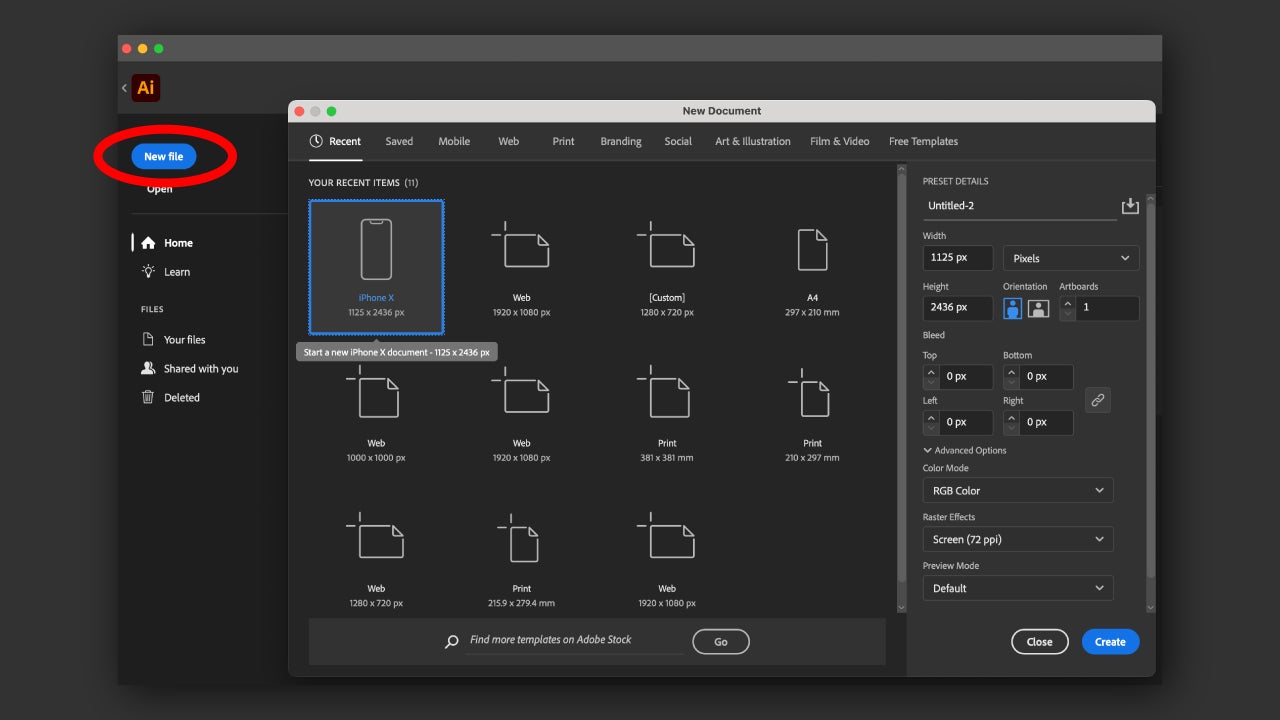
Once our project is created, go to Object > Patterns > Generate Patterns. You can also find the same option from the Properties panel. To open the Text to Pattern panel, we will need to go to Window > Generate Patterns.
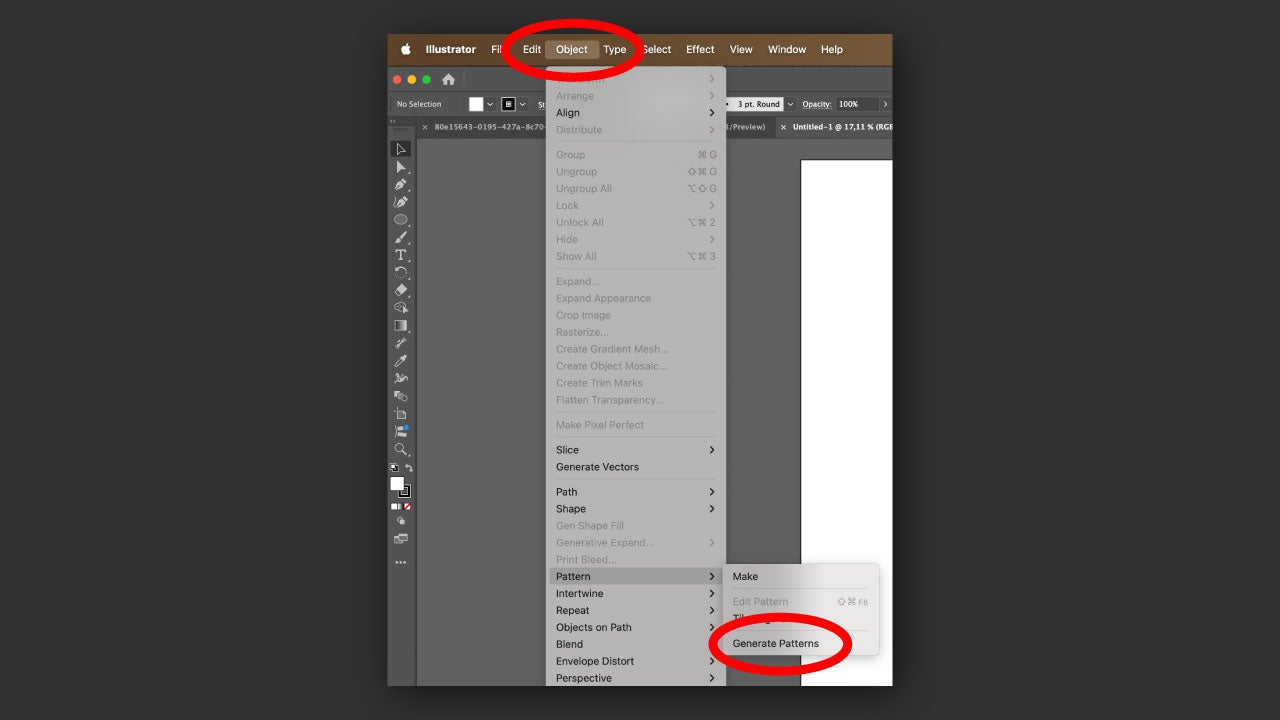
Next, a new panel will open with a text box (prompt) where you can describe how you want your pattern to be. You can also adjust some parameters such as the number of colors you want to include. To do this, click on the painter’s palette icon that you will see all the way to the left of Generate.
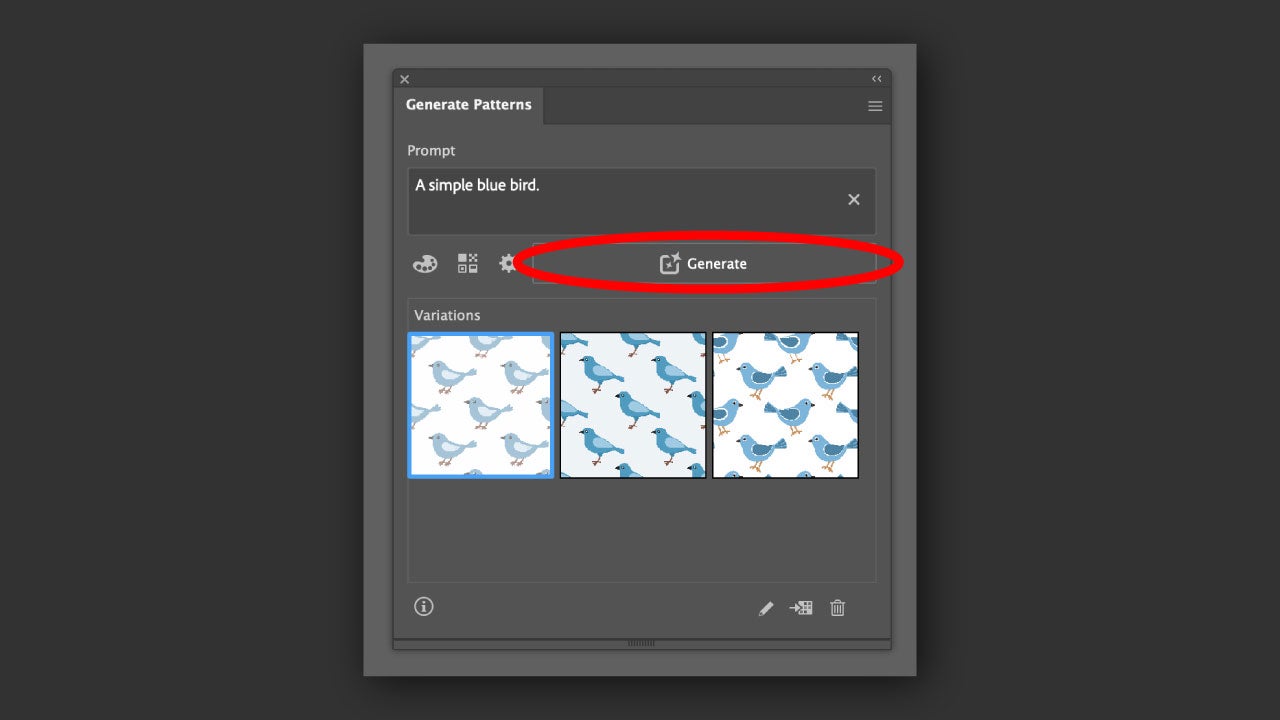
When you finish, click on Generate. Illustrator will show you three distinct variations based on your description. Select the one that catches your attention the most and drag it to the canvas to see it in full size. Based on the results you get, you can refine your description until you achieve exactly what you wanted.
If you click on the three-dot symbol that appears in the upper right corner of each generated pattern, you can indicate whether you liked the result or not. Specifically, you have three options to choose from: Good Result, Bad Result, or Delete variation. This feedback will be used by Adobe to improve the results in the future.
Once you have finished, you will be able to make some quick edits such as grouping shapes or changing colors. If you want to keep exploring new colors, you can click on Recolor and try Generative Recolor.
If you want to save some of the results directly, you can select the Add to swatches button, located in the same Generate Patterns panel at the bottom right.
How to save your pattern
Once we have our design to our liking, it’s time to save it within Illustrator, especially if we intend to use it on other occasions.
Select the vector design we have previously generated and then go to Object > Pattern > Make. Within the Pattern Options panel, you can edit how it repeats, the placement of the motifs, and more.
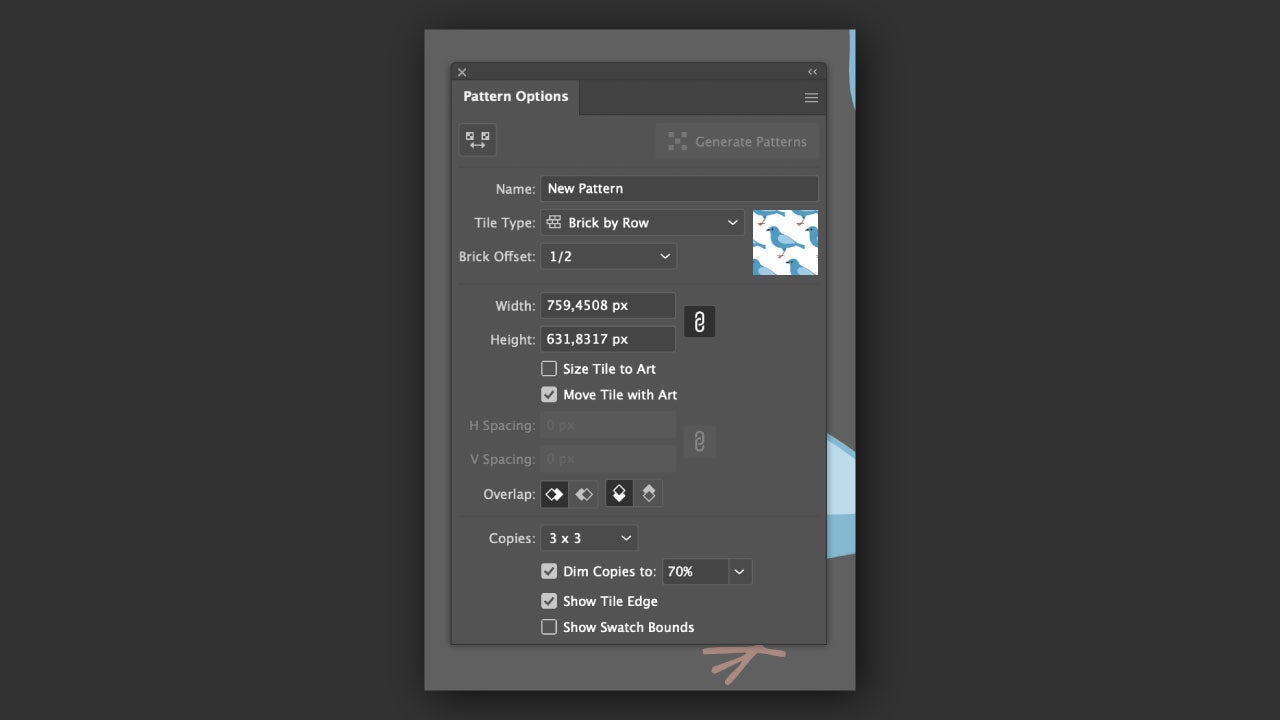
Within Tile Type we can choose from several pattern layout options, such as Grid, Brick by row, etc. Select them to see how your pattern changes in real time. You will also be able to change the width and height, determine the number of rows and columns, etc.
To finish, in the bar located under Control Panel, click on save or discard the changes you have made.
Other features that also use generative AI within Illustrator
Although in this article we have focused on Text to Pattern and how you can use it, within Illustrator there are a number of very interesting functions that also use generative AI.
One of them, Text to Vector Graphic, allows you to generate fully editable vectors —such as scenes, shapes, or even icons— from simple text descriptions. Another, Generative Expand, expands the limits of our design to intelligently fill additional areas, such as the bleed zones of a document, for example.
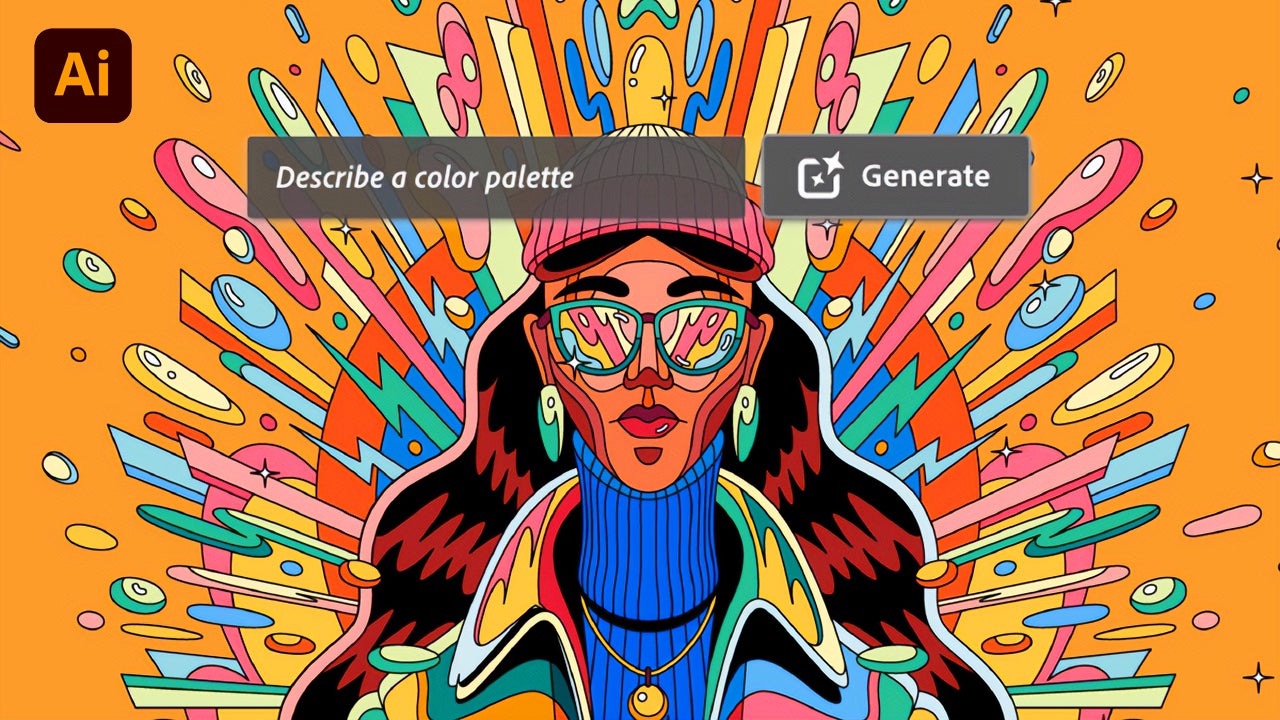
Currently, the features powered by generative AI are supported in more than 100 languages, including Spanish. To use them, generative credits are employed, which are renewed monthly along with our subscription. The number of these varies depending on the type of plan you have. We leave you this section of Adobe’s official website so you can thoroughly check which actions consume credits and how many you can opt for each month.
Artist by vocation and technology lover. I have liked to tinker with all kinds of gadgets for as long as I can remember.
Latest from María López
You may also like
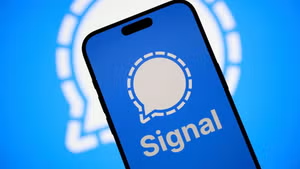 News
NewsProSpy and ToSpy: the latest spyware threats disguised as messaging applications
Read more
 News
NewsPersonalized ads are coming to Facebook and Instagram thanks to conversations with AI
Read more
 News
NewsThese are the new releases coming to Crunchyroll this fall
Read more
 News
NewsElon Musk asks followers to cancel their Netflix subscriptions
Read more
 News
NewsThe Russos share an image that could provide clues about the upcoming Avengers movie
Read more
 News
NewsThe queer dating reality show on Netflix has come to an end and will not have a third season
Read more